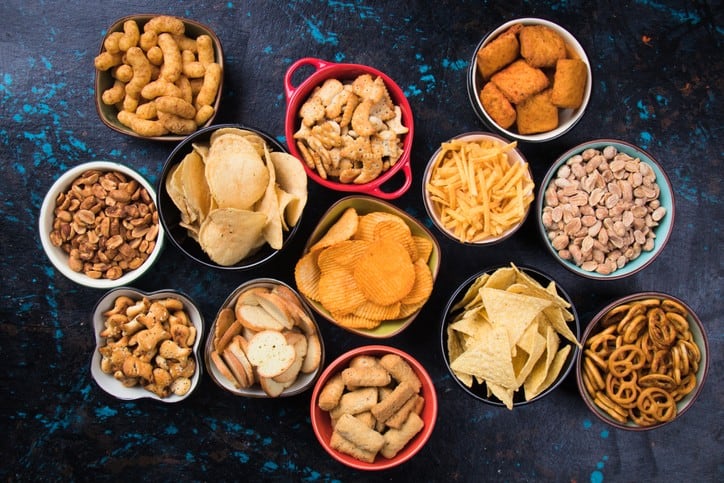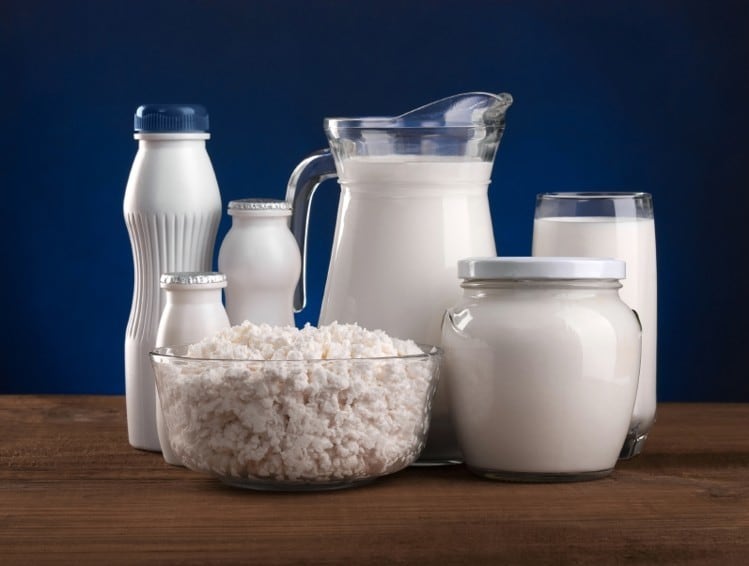According to the Food Safety and Standards Authority of India (FSSAI), the HFSS foods as mentioned in this charter will cover all foods, both prepared meals and processed food products, that are being sold within Indian school walls.
“Whether it’s beverages high in sugar, potato chips, cookies, noodles – any type of food that is potentially HFSS, the points in this charter apply to it,” FSSAI Director for the Food Fortification Resource Centre (FFRC), who is also in charge of the school food programme, told FoodNavigator-Asia.
“This charter is essentially already a regulation and will be formally enforced in three to four months. This will be just right, as schools are now closed due to the lockdown anyway, so these few months will give the school authorities sufficient time to make preparations.”
One of the main points highlighted within the 10-point charter include the banning of sales of any HFSS food products to school children in school canteens/ mess premises/ hostel kitchens or ‘in an area within fifty meters from the school gate in any direction’.
The school authorities have also been mandated to put up a board with the warning ‘Do not sell (including free sale or market or advertise) the food products high in saturated fat or trans-fat or added sugar or sodium within school premises or campus’ in English or one Indian language as applicable, and to ensure this is ‘displayed prominently’ at the school gate.
Based on this warning, all food companies that manufacture HFSS foods will no longer be allowed to advertise or market such foods to children in school premises, including via logos, brand names, posters, textbook covers etc. or in an area within fifty meters from the school gate in any direction.
Other directives in the charter include for the school to ensure safe and balanced diets are provided for school children, to take heed of guidelines issued by the National Institute of Nutrition (NIN), and the creation of committees to monitor these.
“We have found it very important to target schoolchildren, as they form their opinions and eating habits when young,” said Sharma.
“It’s why we want to create that Eat Right environment in schools, so not just teaching them about eating right via the curriculum, but also making sure the food choices we provide for them are healthy and not in contrast with what they learn.”
HFSS regulations
Sharma also added that FSSAI is working on regulations to govern all processed foods, especially HFSS processed foods, in the open market, although this is taking some time due to the relative complexity of the industry.
“We are in the process of setting up regulations for processed foods, covering everything from noodles to bakery to cereals – but we still need a method to accurately identify what HFSS products are, so this is still in progress,” she told us.
“We’re working towards mandatory fortification of staple foods in India, and it is important that these fortified foods are not HFSS too – it would be misleading to consumers who think a product is healthy when they see the +F logo, when it is actually high in sugar or salt.”
In addition, FSSAI has also initiated a process to study television advertisements to analyse how HFSS food marketing targets children via this platform, as well as other platforms, so there is also a chance it might look at governance similar to that implemented by the UK on junk food ads before 9pm.





